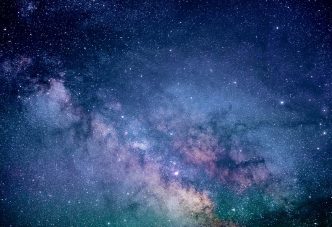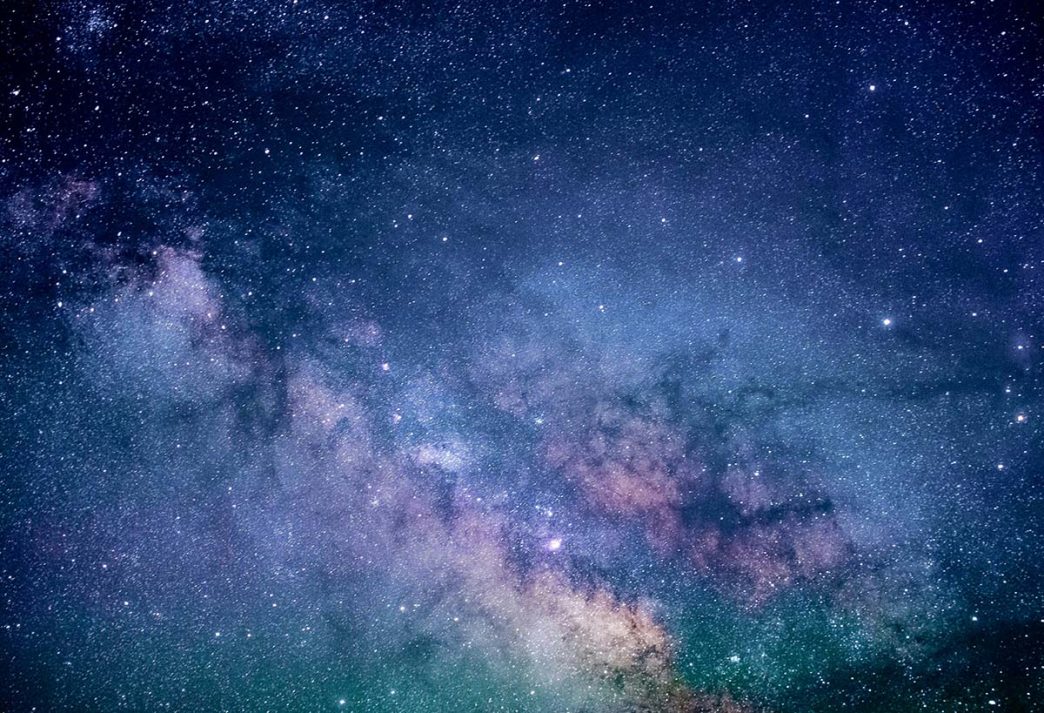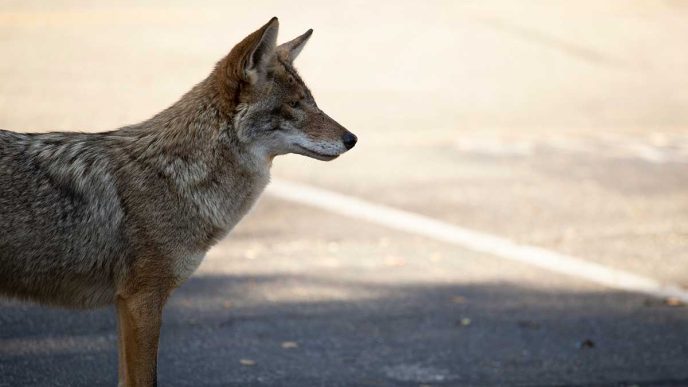- Epoch-Defying Behemoths: One of JWST’s astonishing findings includes the discovery of massive galaxies formed a mere 500 to 700 million years after the Big Bang. These aren’t the tiny, primitive galaxies scientists expected to find; instead, they’re robust, mature systems, boasting red stars that signal a rapid, ancient burst of star formation. This upends our theories on how early galaxies should look and behave, forcing astronomers to rethink their models of the universe’s infancy.
- Cosmic Giants in Their Infancy: Delving deeper into the universe’s formative years, JWST has pinpointed supermassive black holes, each a billion times the mass of our Sun, from just 800 million years after the Big Bang. Their existence so early on raises compelling questions: How did these colossal features form so quickly? Possible scenarios, such as direct collapse or merging star clusters, are being explored to crack this enigmatic puzzle.
- Early Sprinkling of Stardust: The telescope has also unveiled unexpected quantities of dust in galaxies as young as a billion years old. This dust, primarily made of carbon-based grains, indicates that the mechanisms behind its creation kicked off earlier and might be more efficient than previously believed. Understanding this stardust is vital because it plays an essential role in star and planet formation and the thermal management of galaxies.
- Hubble Constant Conundrums: JWST’s precision in observing the universe has brought fresh data to the long-debated Hubble constant, the parameter defining the rate of cosmic expansion. Its observations have corroborated higher expansion rates, intensifying the so-called “Hubble tension.” This tension hints at new physics or unseen errors in existing calculations, nudging cosmologists to look for answers that could reshape our grasp on universal laws.
- Hidden Stellar Birthplaces: With an eye sharper than its predecessors, JWST peels back layers of cosmic clouds to reveal budding stars in regions like the Eagle Nebula. Thousands of young stars, previously obscured, are coming to light, lending fresh insights into the early stages of star development and the conditions that eventually lead to planetary systems, like our own solar neighborhood.
- Atmospheric Wonders of Distant Worlds: Perhaps its most thrilling capability is peering into the atmospheres of exoplanets, distant worlds that lie far beyond our solar reach. JWST has detected molecules like methane and carbon dioxide on exoplanets such as K2-18b. The presence of these molecules is a hint in the quest to find worlds that might host life or mimic early Earth-like conditions.
- Up-close Solar System Revelations: Closer to Earth, JWST is shedding new light on familiar celestial bodies, detailing minute features like a rapid jet stream on Jupiter and detecting traces of carbon dioxide on Europa, Jupiter’s moon that harbors an under-ice ocean. Such detailed observations consistently refine our understanding of solar system dynamics and planetary atmospheres.
- The Curious Case of JuMBOs: Recognizing the pattern-breaking objects known as Jupiter-Mass Binary Objects (JuMBOs) in the Orion Nebula, JWST has unveiled astronomical constructs that challenge current planet and star formation theories. These binary pairs defy traditional categorizations, hinting at potentially groundbreaking advances in how we conceptualize planetary systems.













